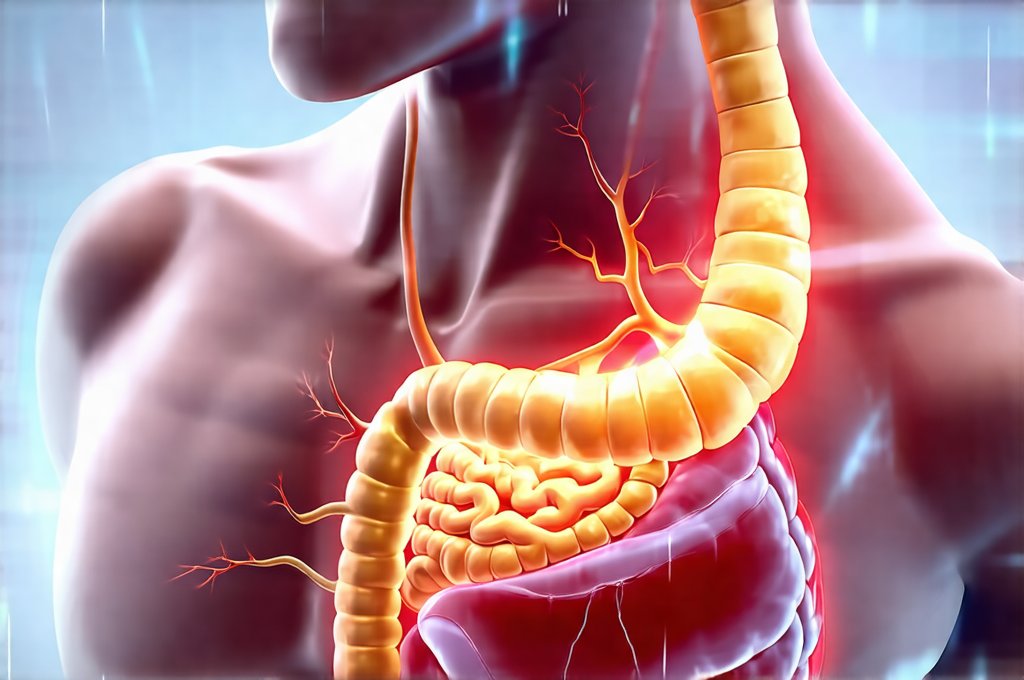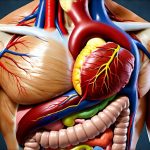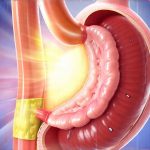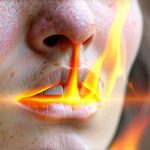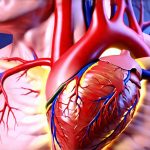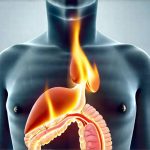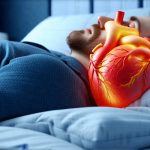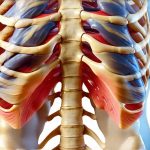Gastroesophageal reflux disease (GERD) is a surprisingly common condition affecting millions worldwide, characterized by persistent acid reflux – that uncomfortable burning sensation in your chest often after eating. While many associate GERD with dietary triggers or nighttime symptoms, a significant number of individuals find their GERD flares up during and immediately following exercise. This isn’t necessarily an indication to avoid physical activity; quite the contrary, regular exercise is generally beneficial for overall health. However, understanding why exercise can exacerbate GERD symptoms, and how to manage them effectively, is crucial for maintaining both your fitness goals and digestive comfort. It’s often a complex interplay between physiological changes during exertion, body positioning, and individual sensitivities that contribute to this phenomenon.
The connection between exercise and GERD isn’t straightforward. For some, it might be a mild annoyance – a bit of heartburn after an intense workout. For others, it can be debilitating, forcing them to modify their routines or even avoid certain types of activity altogether. It’s important to remember that everyone is different; the severity of symptoms and the specific exercises that trigger them vary considerably. This article will explore the common reasons why GERD symptoms flare up during exercise, offer practical strategies for managing these symptoms, and discuss when it’s necessary to seek professional medical advice. We aim to empower you with knowledge so you can continue enjoying an active lifestyle while effectively navigating your GERD.
The Physiological Mechanisms Behind Exercise-Induced GERD
Exercise introduces a multitude of physiological changes that can contribute to acid reflux. These aren’t necessarily negative changes in themselves, but they can increase the likelihood of stomach acid escaping into the esophagus, especially for those predisposed to GERD. One key factor is increased intra-abdominal pressure. Activities like running, weightlifting, or even certain yoga poses create pressure within your abdomen, which can push stomach contents upward toward the lower esophageal sphincter (LES). The LES acts as a valve between the esophagus and stomach, preventing acid reflux; when it’s overwhelmed by pressure, it may open momentarily, allowing acid to creep up.
Furthermore, changes in body position during exercise play a role. Leaning forward – common in many exercises like sit-ups or cycling – increases intra-abdominal pressure and makes it easier for acid to reflux. Similarly, lying flat immediately after exercise can also worsen symptoms as gravity no longer helps keep stomach contents down. Breathing patterns are also significant; rapid or shallow breathing during intense exercise can disrupt the normal function of the diaphragm, which supports LES competence. The diaphragm essentially acts as a natural barrier against reflux, and compromised diaphragmatic support makes it easier for acid to escape.
Finally, dehydration can exacerbate GERD symptoms. Saliva helps neutralize stomach acid, and when you’re dehydrated, saliva production decreases, leaving your esophagus more vulnerable. Exercise often leads to fluid loss through sweat, making adequate hydration crucial. It’s worth noting that the type of exercise matters too. High-impact activities like running are generally more likely to trigger GERD than low-impact exercises like walking or swimming, due largely to the increased abdominal pressure and jarring movements involved.
Identifying Your Trigger Exercises
Pinpointing which exercises specifically worsen your GERD is the first step towards effective management. It’s not always obvious, as symptoms can sometimes appear hours after exercise. Keeping a detailed exercise and symptom diary can be incredibly helpful. This diary should include: – The type of exercise performed – Intensity level (e.g., light, moderate, vigorous) – Duration of the exercise – Body positioning during the exercise (e.g., leaning forward, lying down) – Any symptoms experienced, including when they started and how long they lasted – What you ate before exercising.
This process allows you to identify patterns and determine which exercises are most problematic for you. For instance, you might notice that weightlifting consistently causes heartburn, while running doesn’t bother you at all. Or perhaps yoga poses involving forward bends trigger symptoms. Once you’ve identified your triggers, you can begin to modify your routine accordingly. This might involve swapping out certain exercises for less triggering alternatives or adjusting the intensity and duration of your workouts. Remember that it’s not about eliminating exercise altogether; it’s about finding a balance between staying active and managing your GERD symptoms. If you struggle with identifying triggers, perhaps recognizing gallbladder symptoms can offer insight into similar diagnostic processes.
Dietary Considerations Before & After Exercise
What you eat before and after exercising can significantly impact your GERD symptoms. Certain foods are more likely to trigger reflux, and timing your meals strategically can make a difference. Generally, avoid large meals within 2-3 hours of exercise. A full stomach increases intra-abdominal pressure and puts more strain on the LES. Instead, opt for smaller, easily digestible snacks if you need something before your workout. Good choices include: – Bananas – Oatmeal – Rice cakes with a small amount of peanut butter.
Avoid foods known to trigger GERD, such as fatty or fried foods, chocolate, caffeine, alcohol, and spicy foods, in the hours leading up to exercise. After exercising, avoid lying down immediately. Staying upright for at least 30-60 minutes allows gravity to help keep stomach acid where it belongs. Also, rehydrate with water; adequate hydration is crucial for maintaining saliva production and neutralizing stomach acid. Consider incorporating probiotics into your diet or supplementing with them, as gut health can influence digestive function and potentially reduce reflux symptoms. However, be mindful that individual responses to probiotics vary, and it’s always best to discuss supplementation with a healthcare professional. Sometimes hidden enzyme deficiencies can mimic dietary sensitivities – understanding these nuances is key.
Lifestyle Modifications & Exercise Adjustments
Beyond dietary changes, several lifestyle modifications and exercise adjustments can help manage GERD symptoms during physical activity. Maintaining a healthy weight is crucial; excess weight increases abdominal pressure and puts more strain on the LES. Quitting smoking is also essential, as nicotine weakens the LES. Consider modifying your exercise routine to minimize triggers. This might involve: – Switching from running to walking or swimming – Reducing the intensity of your workouts – Avoiding exercises that require leaning forward or lying flat immediately after exertion – Incorporating core strengthening exercises to support the diaphragm and improve LES function.
Proper warm-up and cool-down routines are also important. A gradual warm-up prepares your body for exercise, while a slow cool-down helps prevent sudden changes in intra-abdominal pressure. Consider wearing supportive clothing that doesn’t constrict your abdomen. Finally, listen to your body. If you experience symptoms during exercise, stop immediately and rest. Don’t push yourself through discomfort, as this can worsen your symptoms and potentially lead to more serious complications. It’s about finding a sustainable balance between physical activity and digestive health, allowing you to enjoy the benefits of both without compromising your well-being. Learning how to recover after a digestive flare up is also essential for long-term management. If stress seems to exacerbate symptoms, exploring why IBS and gas symptoms flare with overwhelm can be insightful. For those dealing with persistent issues, understanding how to coexist with symptoms that defy diagnosis may prove helpful in coping and finding strategies for a better quality of life. And finally, remember the benefits can exercise reduce food intolerance symptoms?

